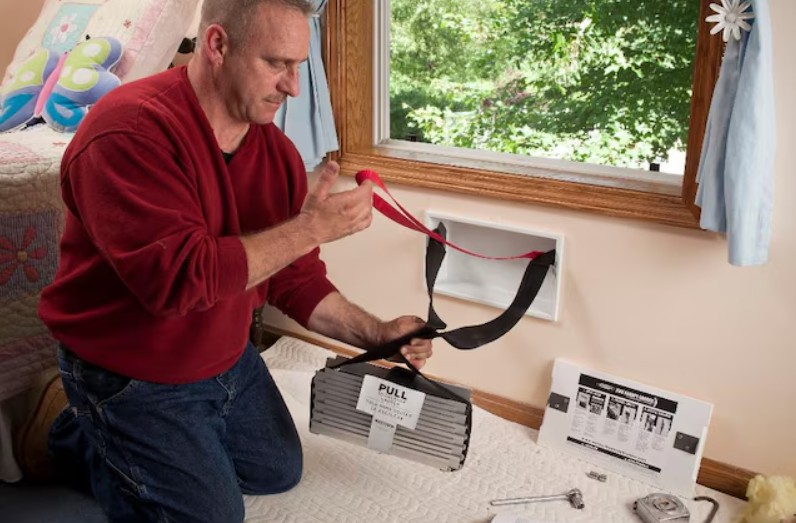
For decades, through career and family ups and downs, you have relentlessly saved and invested for retirement. Yet, you dread the thought of running out of money. Many people do.
A recent study by Zety of more than 800 individuals showed that 47 percent feared retirement more than illness and poor health, and 40 percent more than death. Some concern is warranted. A study by the Boston College Center for Retirement Research’s National Retirement Risk Index (NRRI), conducted before the COVID-19 pandemic, indicated that 50 percent of households may lack the funds to continue their standard of living once work stops. That number is now 55 percent.
But let’s say the numbers in your portfolio show that things are good. Now that you are retired, or are nearing that point, it’s time to start spending a little to enjoy life more. It’s time to create a list of things you have dreamed of doing.
Not convinced? Mark Wilson, a certified financial planner (CFP) at MILE Wealth Management in Irvine, California, is not surprised. Regardless of their ample savings, some of his clients picture the worst possible scenario down the road — they are poor, homeless and living under a bridge. “There is no reason to be stressed, and we help them understand that,” he says. “Numbers and logic help some to see their situation more clearly; others feel better knowing that we will protect them from that bridge.”
Now or maybe never
Realistically, the time for fun may be short. Many folks in their mid-60s have an ailment that limits their mobility, says James Shagawat, a CFP at AdvicePeriod in Paramus, New Jersey. “By the time some people let themselves spend on dining out, vacations, charitable giving, or their children and grandchildren, they are no longer in the physical condition to enjoy it.”
Patti Black, a CFP at Bridgeworth Wealth Management, LLC, in Birmingham, Alabama, has two clients in their 90s with $2.7 million in investments. Still, they worry about a shortfall and becoming dependent on their kids. “The wife wishes they could travel with the family, but now, their physical health and the pandemic are making this difficult. It is sad to hear her express that longing.”
If you or your partner are having trouble letting go, a financial planning professional can help. You can find a qualified financial planner with the Financial Planning Association’s PlannerSearch tool. In the meantime, consider these tips from experts around the country. They emphasize that the transition from saver to spender may require time and different approaches.
1. Review your family history
Understanding your relationship with money is a first step toward learning to spend appropriately, says Byrke Sestok, a CFP at Rightirement Wealth Partners in Harrison, New York. “Many baby boomers’ parents grew up through the Great Depression, so they were raised to believe that everything could be gone tomorrow. Having plenty in reserve is a handed-down script.” Sestok suggests finding a planner who can help you see the roots of your emotions about money, so you can work through issues that challenge the pursuit of your goals.
2. Work with your partner
Spouses or partners will have their own feelings about retirement, as well spending versus saving. The transition into retirement can put a major strain on a relationship, says Danielle Harrison, who is a CFP, and a certified financial therapist (FT) at Harrison Financial Planning in Columbia, Missouri. “I like to see couples work with a holistic CFP, who can look at all aspects of their situation, and create projections that can help put their minds at ease.” For more help, she suggests working with an FT who can help them talk about their fears. Otherwise, it may not be possible to move forward. “It can be helpful for partners to hear the other person’s stories.”
3. Create a safe and practical plan
Kristin Sullivan, a CFP at Sullivan Financial Planning in Denver, says a planner can determine how much you can safely withdraw from investments in the next year. You divide that figure by 12 and have that amount automatically transferred to your checking account each month. “If you designate that these withdrawals be made two weeks after your Social Security check comes, it will be like getting paid from a job again.”
To help her clients adopt more of a spending mindset, Linda Farinola, a CFP at Princeton Financial Group in Princeton, New Jersey, also suggests creating a budget for regular living expenses, starting small when it comes to spending, and making a list of what you would like to do. “Revisit this plan each year to make sure that things are still on track for the long term,” she says.








